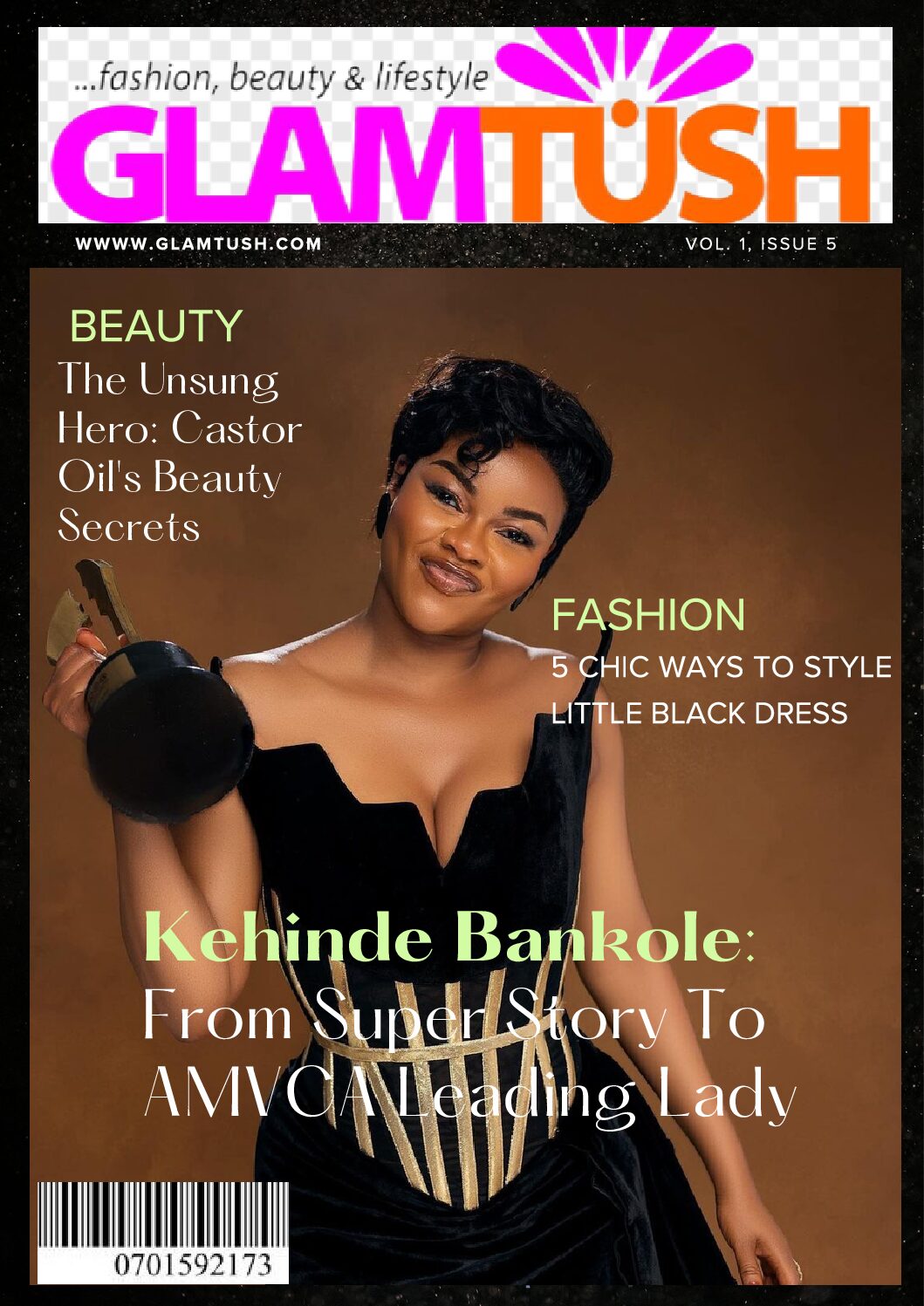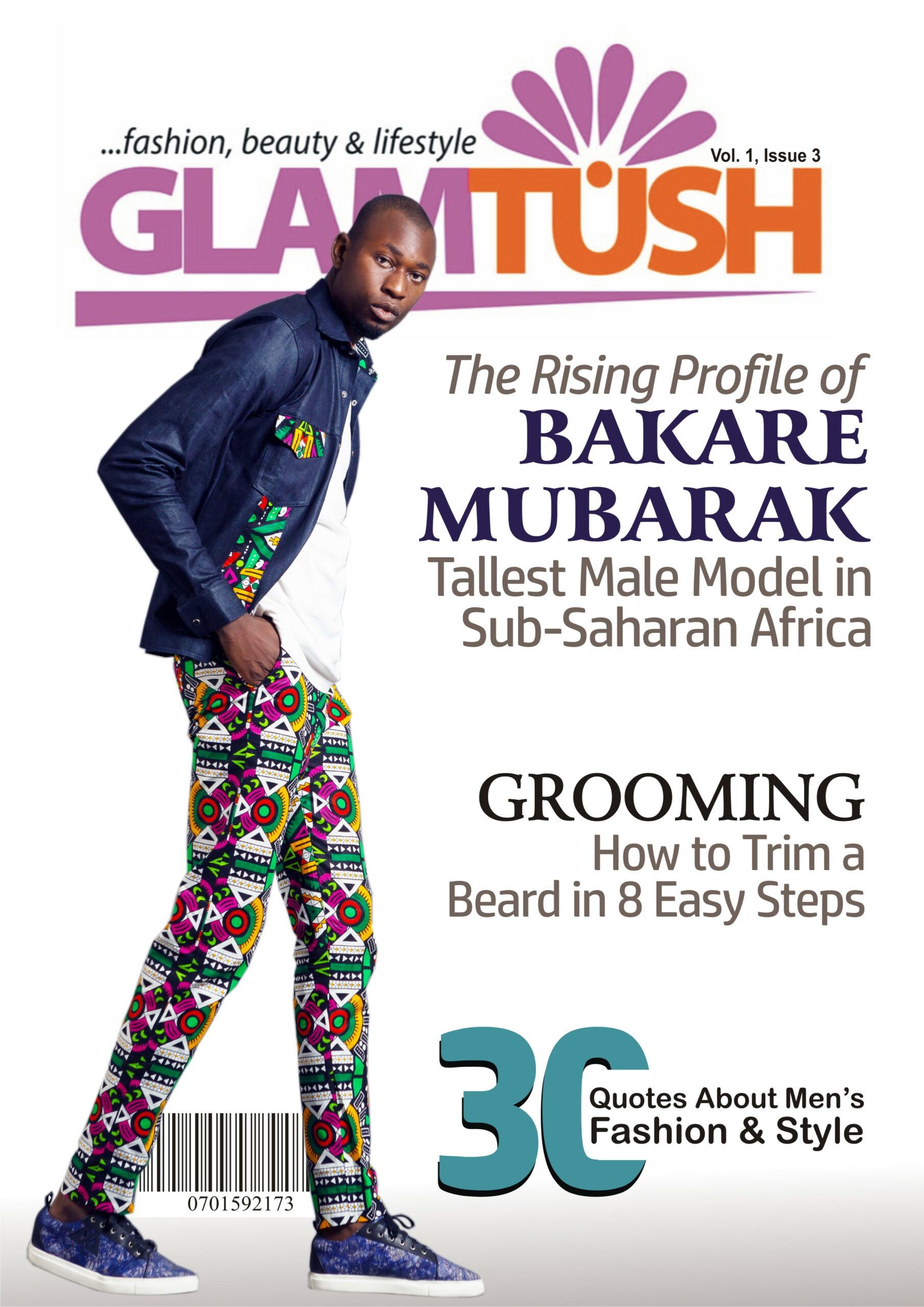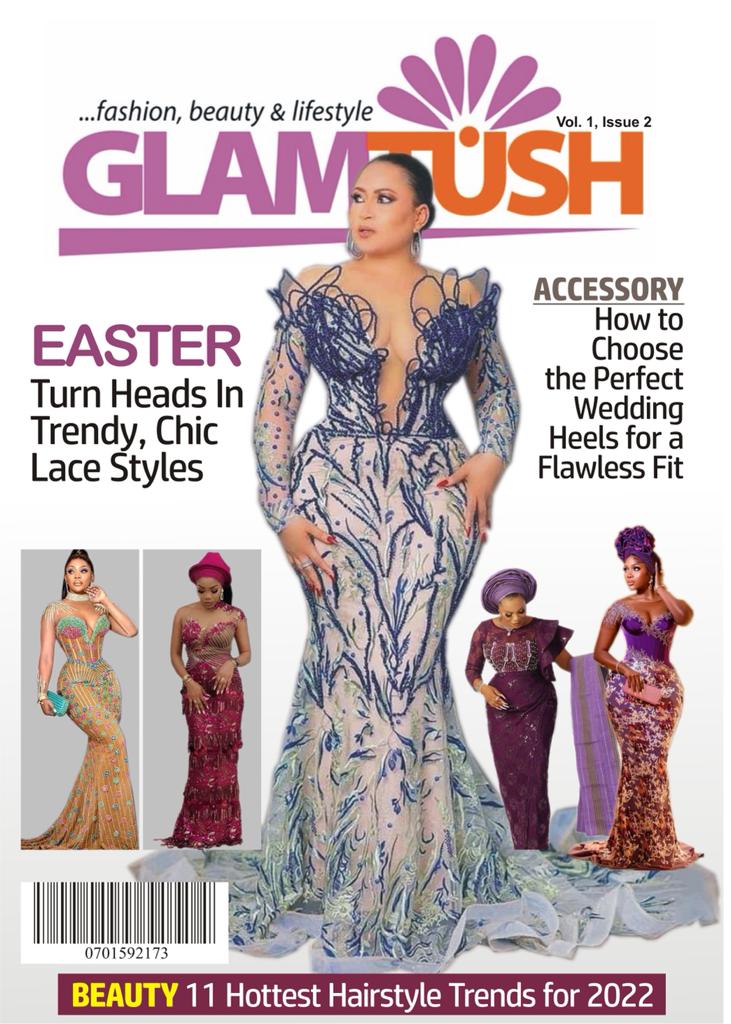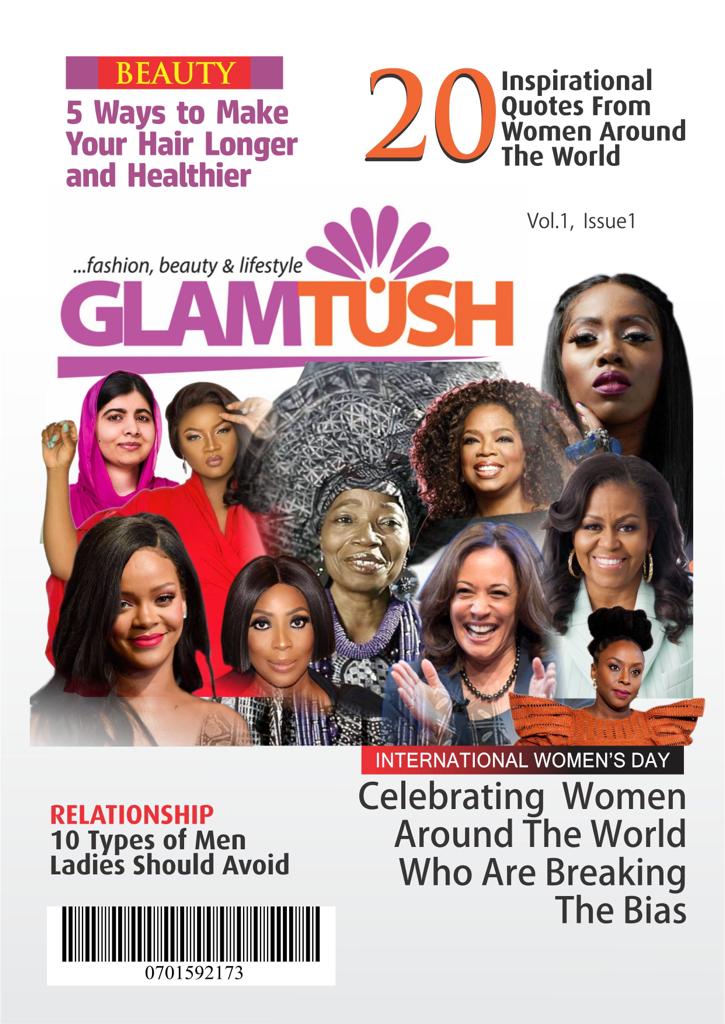The art of tattooing stretches back to ancient civilizations. The archeological evidence that supports the existence of the art form in ancient times is overwhelming.
Two Egyptian mummies dating back 5000 years ago showed evidence of figurative tattoos. Other similar discoveries have been made across the world meaning the art form is not only global but also old.
A look at the developments that have occurred in the practice creates a deeper understanding of tattooing. Here is a short history of tattoos.
Development of Ink
Tattoos use special inks to imprint text or figures on the skin. Tattoo inks comprise carriers and a colourant. Carriers include water, glycerin, isopropyl and witch hazel. The colourant are often pigments or dyes. The latter reacts with the skin to form permanent marks that delineate the tattoo. Pigments, on the other hand, are intensely coloured compounds.
They reflect light and offer great variations on the colour spectrum. Unlike dyes, pigments don’t need any chemical reaction for attachment to the skin. They rely on intermolecular forces
The earliest tattoo inks were made of ash, charcoal and other natural materials. Aeutius, a Roman physician made the ink from pine bark, corroded bronze, vitriols, insect eggs and vinegar. Other bizarre mixtures were used to create tattoos. The earliest tattoos were mostly dark hues. Most were black in colour or grey.
However, some cultures like the Inuit used brighter colours like yellow. The Japanese widely used coloured tattoos in the 17th century. The colours were used to design figurative tattoos like flowers, dragons and animals. The 19th century also saw numerous developments in tattooing in both America and England. Color was extensively used but the options were still limited. Compared to modern tattoo colours, older designs had limited hues and variations.
Development of Equipment
Although tattooing equipment has developed greatly over time, the mechanism of action is similar. Tattoos are made after puncturing the skin and depositing ink. As the skin heals, the ink is permanently held since it exists within cells on the surface. Traditional tattooing techniques vary between cultures. Ancient tattoo artists used handmade tools that puncture the skin to etch tattoos. The tools were made from numerous objects including sharp bones, sticks, metal edges and sharp stones. Ink was dripped into the punctured skin to form the tattoo. The procedure required a lot of skills and few people in the community held the title of a tattoo artist.
The 1920s saw the first modern tattoo machines come to life. Percy Waters, a renowned tattoo artist, was the man at the forefront of the new developments. The adjustable tattoo machine was introduced in 1979 and it was met with a lot of excitement. Unfortunately, the machine was not a success but it opened new realms of possibility for tattooing. Currently the Bishop Rotary tattoo machine, created in 2000, is among the most popular tools in the tattooing industry. The machine has a lightweight and allows artists to operate for long hours without wrist pain. Modern tattoo machines brag of lightweight, convenience of use and efficient functions.
Reasons for Tattooing
Tattoos are artistic marks and have been used throughout history for different reasons. Among some communities tattoos were used as symbols of beauty. Women had tattoos on their faces to accentuate their beauty. Currently communities within South Sudan and Ethiopia still put tribal tattoos on their foreheads for beauty. Tattoos also served as symbols of status. In some civilisations, the markings were only reserved for leaders and the wealthy. People identified as experts in particular fields also bore tattoos as a symbol of their professional status.
One peculiar use of tattooing in ancient civilisations is deducted from studies done on mummies. There is a strong correlation between tattooing and physical therapy. Multiple mummies bear tattoos along joints and other points of injury. Studies show tattooing was used as a form of acupuncture, a traditional therapeutic practice that uses hair-thin needles to apply pressure on specific points of the body. Tattoos also served other religious functions and were a lucky charm for others. The ancient practices echo in the modern tattooing industry and people still go to get tattoos for the same reasons our ancestors did.


























